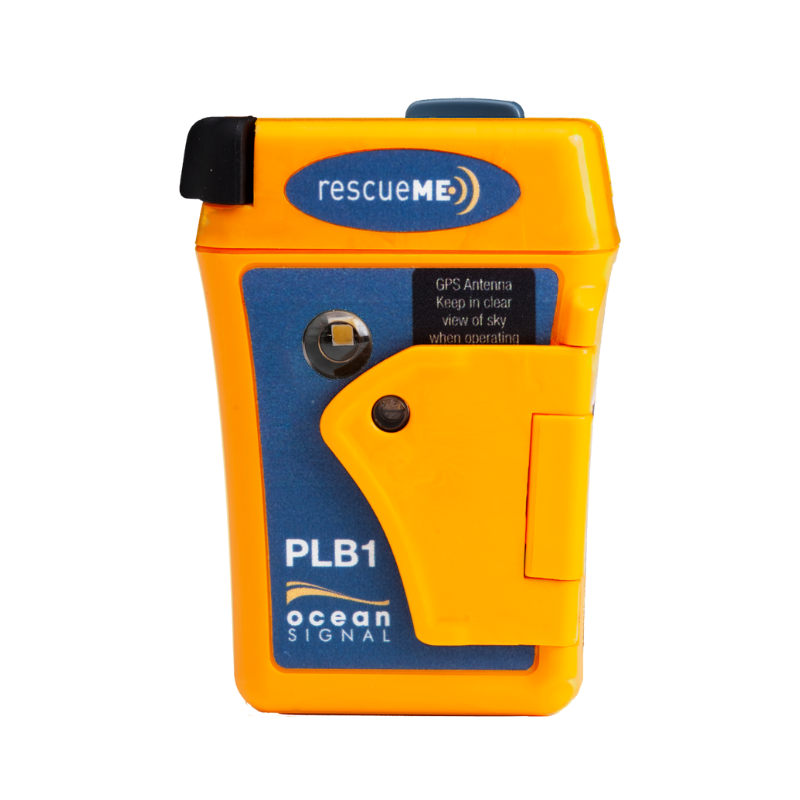You are using an out of date browser. It may not display this or other websites correctly.
You should upgrade or use an alternative browser.
You should upgrade or use an alternative browser.
British nurse lost on dive - Red Sea
- Thread starter DandyDon
- Start date
Please register or login
Welcome to ScubaBoard, the world's largest scuba diving community. Registration is not required to read the forums, but we encourage you to join. Joining has its benefits and enables you to participate in the discussions.
Benefits of registering include
- Ability to post and comment on topics and discussions.
- A Free photo gallery to share your dive photos with the world.
- You can make this box go away
Dan
Contributor
Although the Garmin Inreach Mini can send a distress signal via satellites, it is not a PLB. It is a Satellite Messenger, which is a good addition to, but not a replacement for, a PLB. The ACR View is a PLB, and once activated, theoretically help is coming, but I have no way to shut off the rescue request if help is no longer needed, Although a bit tedious to communicate with satellites when a smart phone is not available it is possible to to communicate via typed and preset messages on the Garmin, but the unit requires a monthly subscription, which can be activated/suspended when use might be needed or not. I only activate the Garmin if going on a trip, The ACR is active at all times with no monthly subscription. The Garmin, in a dive housing is tiny, whereas the ACR requires a dive canister. The ACR will float, whereas the Garmin is headed for the bottom should I drop it without it being tethered. I have both, so I carry both.
Dan
Contributor
Nautilus works when you see boat in the horizon, hopefully the boat is equipped with AIS / DSC receiver for monitoring marine radio signals, including MOB (man overboard) alert. When you are lost at sea with no visible boat in the horizon, then it’s time to shoot the big gun all the way to the SAR satellites.
If I ever get lost at sea, I don’t think I would last (survive & alive) for more than a day, which is the battery life of these signaling devices. That’s why I carry both.
If I ever get lost at sea, I don’t think I would last (survive & alive) for more than a day, which is the battery life of these signaling devices. That’s why I carry both.
Dan
Contributor
I like PLB1 because its small form factor.

- Messages
- 54,470
- Reaction score
- 8,575
- # of dives
- 500 - 999
The walky-talky appeal is nice for bugging captains, but if I get lost - I want NOAA alerted. My contact person knows where I travel, so if they call her, she'll confirm that I am there. The problem with 90% of the alerts being butt-dials may slow the action some, but if the local authorities are looking for me, NOAA will connect with them and tell them where.Nautilus is not a PLB. It’s a line of sight, short range alert signal (< 8 miles), using VHF marine radio signal. PLB is a long range alert signal (406 MHz) all the way to Search & Rescue satellites. I would use PLB as the last resort when my other signaling devices fail.
Only in the first-generation, discontinued, Nautilus units.The walky-talky appeal is nice for bugging captains,
Dan
Contributor
Many liveboards (at least which I have been on such as Aggressors, Masters, Nautiluses, Mike Ball, Undersea Hunters, Amira, Ferox) carry Nautilus Marine Rescue GPS (MRG) or similar PAB (Personal AIS Beacon) and loan them to their guests for free of charge while we are on their boats. For that case, I’ll leave my MRG at home.
I have tested my MRG on Blue Manta’s AIS receiver by giving its Cruise Director my MRG, letting him activating it while walking around in Maumere (Indonesia) harbor. The Captain showed my MRG moving around in his AIS screen in the wheel house of the boat.
I have tested my MRG on Blue Manta’s AIS receiver by giving its Cruise Director my MRG, letting him activating it while walking around in Maumere (Indonesia) harbor. The Captain showed my MRG moving around in his AIS screen in the wheel house of the boat.
FishWatcher747
Contributor
The Ocean Signal Rescue Me PLB1 website says it is waterproof to 15 meters (50 feet). Doesn't sound very useful for scuba.
Is this wrong?

 oceansignal.com
oceansignal.com
Is this wrong?

rescueME PLB1 Personal Locator Beacon
Ocean Signal rescueME PLB1: Your compact personal locator beacon for outdoor adventures. Trusted beacon technology for reliable distress signaling. Buy now!
Dan
Contributor
No. It is correct. That’s why I put it in a waterproof case.The Ocean Signal Rescue Me PLB1 website says it is waterproof to 15 meters (50 feet). Doesn't sound very useful for scuba.
Is this wrong?
It’s not only to be used in marine environment, but also on land. I carry it when I go hiking & skiing.
Similar threads
- Replies
- 0
- Views
- 844
- Replies
- 0
- Views
- 693
- Replies
- 9
- Views
- 2,138
- Replies
- 33
- Views
- 7,936
- Replies
- 1
- Views
- 1,462



